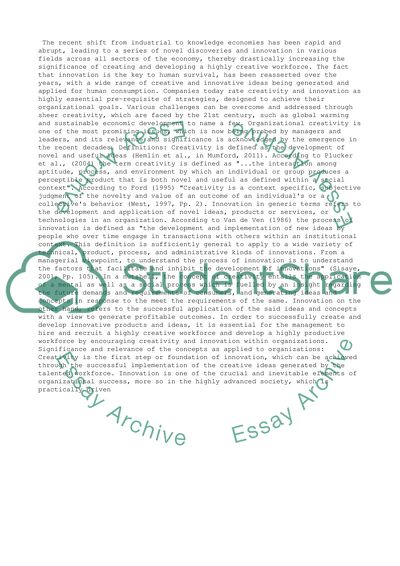Cite this document
(“Ensuring a Creative and Innovative Workforce Essay”, n.d.)
Ensuring a Creative and Innovative Workforce Essay. Retrieved from https://studentshare.org/business/1436450-ensuring-a-creative-and-innovative-workforce
Ensuring a Creative and Innovative Workforce Essay. Retrieved from https://studentshare.org/business/1436450-ensuring-a-creative-and-innovative-workforce
(Ensuring a Creative and Innovative Workforce Essay)
Ensuring a Creative and Innovative Workforce Essay. https://studentshare.org/business/1436450-ensuring-a-creative-and-innovative-workforce.
Ensuring a Creative and Innovative Workforce Essay. https://studentshare.org/business/1436450-ensuring-a-creative-and-innovative-workforce.
“Ensuring a Creative and Innovative Workforce Essay”, n.d. https://studentshare.org/business/1436450-ensuring-a-creative-and-innovative-workforce.


